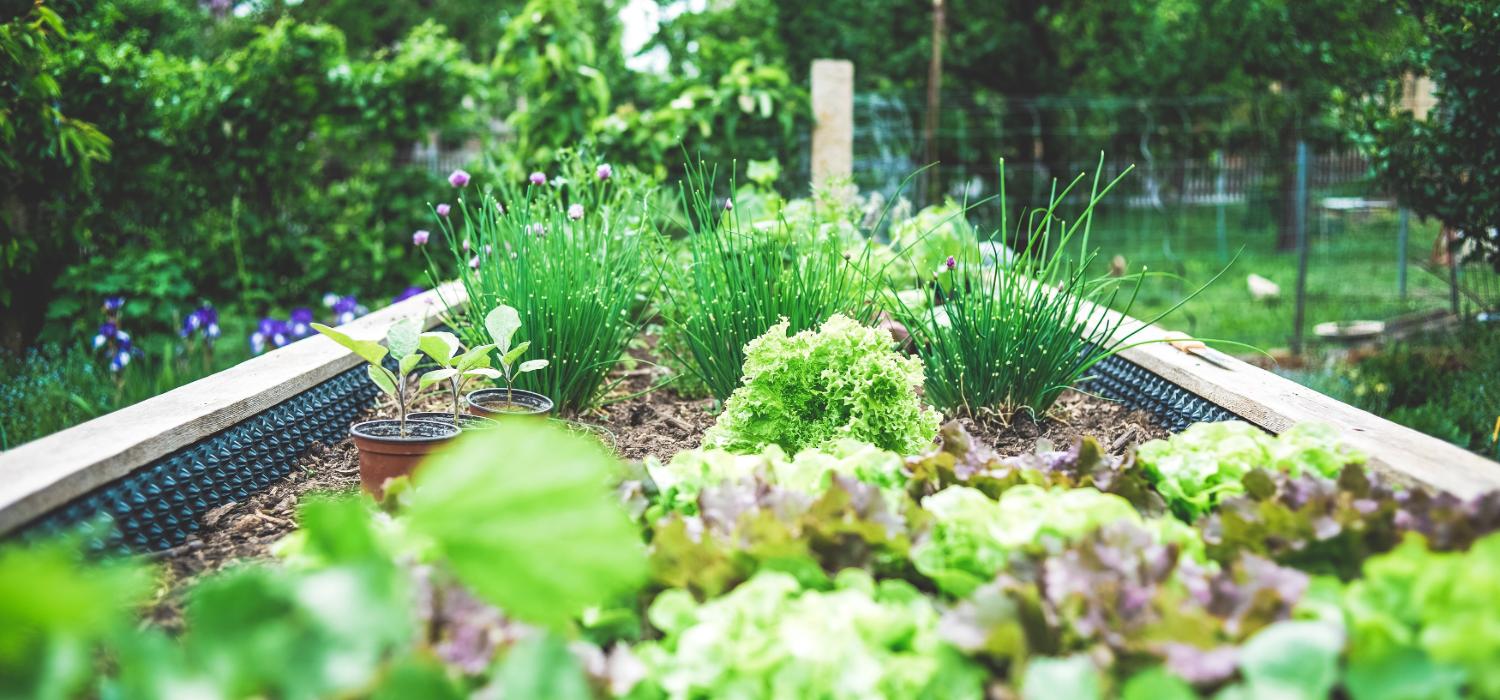As winter plants in Texas take center stage, this guide delves into the fascinating world of cold-hardy flora, providing expert insights and practical tips to help gardeners cultivate thriving landscapes throughout the Lone Star State.
From selecting the perfect plants for your specific needs to mastering winter care techniques, this comprehensive guide empowers you to create stunning winter gardens that add beauty and charm to your outdoor spaces.
Winter Plant Varieties in Texas: Winter Plants In Texas

Texas’s diverse climate allows for a wide variety of winter plants to thrive. From vibrant blooms to lush greenery, these plants add color and interest to the winter landscape.
When selecting winter plants for Texas, consider factors such as the plant’s hardiness zone, sunlight requirements, and water needs. Native plants are often well-adapted to the local climate and require less maintenance.
Popular Winter Plants for Texas
- Pansies: These cheerful flowers come in a wide range of colors and bloom from fall to spring. They prefer partial shade and moist, well-drained soil.
- Violets: These delicate flowers bloom in shades of purple, white, and yellow. They thrive in shady areas with moist, well-drained soil.
- Snapdragons: These stately flowers come in a variety of colors and bloom from late winter to spring. They prefer full sun and well-drained soil.
- Alyssum: These low-growing plants produce masses of tiny white or purple flowers. They are drought-tolerant and prefer full sun.
- Primroses: These cheerful flowers bloom in shades of yellow, orange, pink, and purple. They prefer partial shade and moist, well-drained soil.
- Hellebores: These evergreen perennials bloom in late winter or early spring, producing cup-shaped flowers in shades of white, pink, or purple. They prefer partial shade and well-drained soil.
- Camellias: These evergreen shrubs produce large, showy flowers in shades of white, pink, or red. They prefer partial shade and acidic, well-drained soil.
- Nandina domestica: This evergreen shrub has attractive foliage that turns brilliant red in winter. It prefers full sun or partial shade and well-drained soil.
- Mahonia: This evergreen shrub produces clusters of yellow flowers in winter. It prefers partial shade and well-drained soil.
- Winter Jasmine: This deciduous vine produces fragrant yellow flowers in winter. It prefers full sun or partial shade and well-drained soil.
Winter Plant Care in Texas

Winter in Texas can be mild in some areas and harsh in others. To ensure your plants survive the cold, it’s essential to provide proper care. Here’s a guide to help you keep your winter plants healthy and thriving:
Watering
During winter, plants need less water due to reduced evaporation and growth. Water only when the soil is dry to the touch. Avoid overwatering, as this can lead to root rot.
Fertilizing
Fertilizing plants during winter is generally not recommended. Most plants are dormant during this time and do not require additional nutrients.
Pruning
Prune plants in late winter or early spring to remove dead or damaged branches. Avoid pruning too early, as this can expose plants to cold temperatures.
Winterizing Plants
Winterizing plants is crucial to protect them from frost and cold temperatures. Here are some methods:
Mulching
Spread a layer of mulch around plants to insulate the soil and protect roots from freezing.
Covering
Cover plants with frost blankets or tarps to shield them from cold winds and frost.
Relocating
Move potted plants indoors or to a protected area during extreme cold temperatures.
Winter Plant Landscaping in Texas

Winter plants can add beauty and interest to your Texas landscape even during the colder months. Here are some ideas for incorporating them into your designs:
Size, Color, and Texture
When choosing winter plants, consider their size, color, and texture. Small plants can be used as ground cover or in borders, while larger plants can make a statement in containers or as specimen plants. Winter plants come in a variety of colors, including white, yellow, pink, and purple. They also have a variety of textures, from smooth to fuzzy.
Landscaping Purposes, Winter plants in texas
The following table compares different winter plants based on their suitability for specific landscaping purposes:
| Purpose | Suitable Plants |
|---|---|
| Ground cover | Creeping Jenny, Wintercreeper, Ajuga |
| Borders | Pansies, Violas, Snapdragons |
| Containers | Hellebores, Winter Jasmine, Ornamental Kale |
Plant Combinations
Winter plants can be combined to create visual interest and enhance curb appeal. Here are a few examples:
- Creeping Jenny and Wintercreeper create a lush ground cover with variegated foliage.
- Pansies and Violas add a splash of color to borders.
- Hellebores and Winter Jasmine provide winter interest in containers.
